PRACTICE-LED RESEARCH
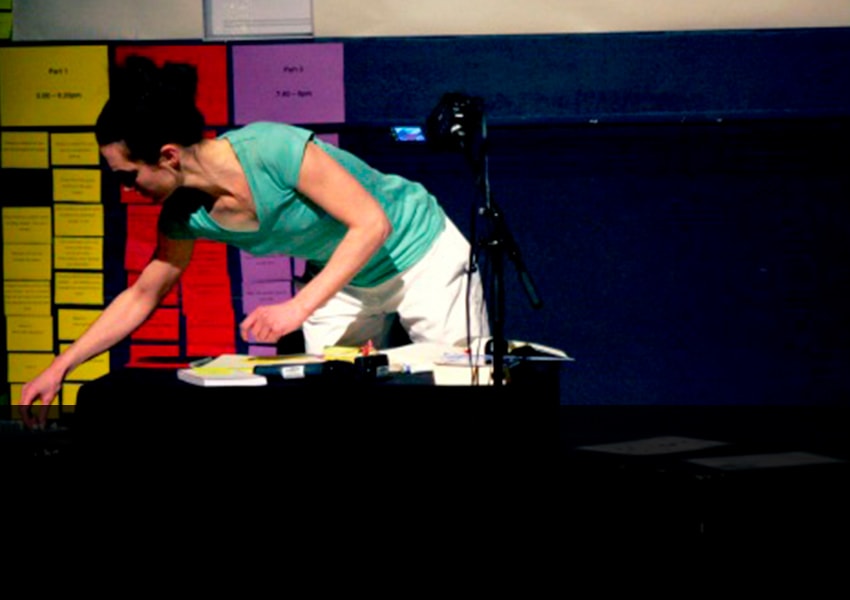 What is a 'visible choreographer' and why does it matter (08.11.2011)
What is a 'visible choreographer' and why does it matter (08.11.2011)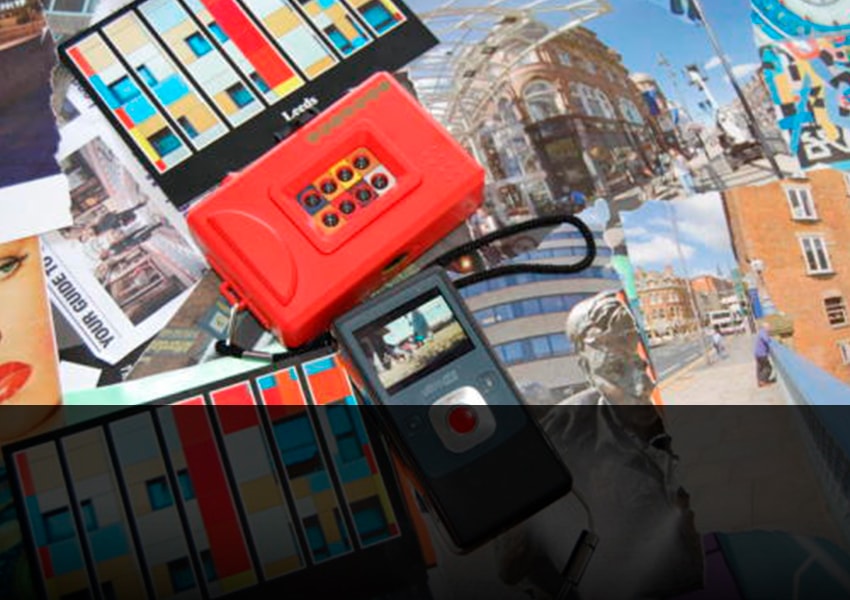 Looking Back - Writing as a mode of making (10.01.2013)
Looking Back - Writing as a mode of making (10.01.2013) The choreographer as a total performer (15.02.2013)
The choreographer as a total performer (15.02.2013)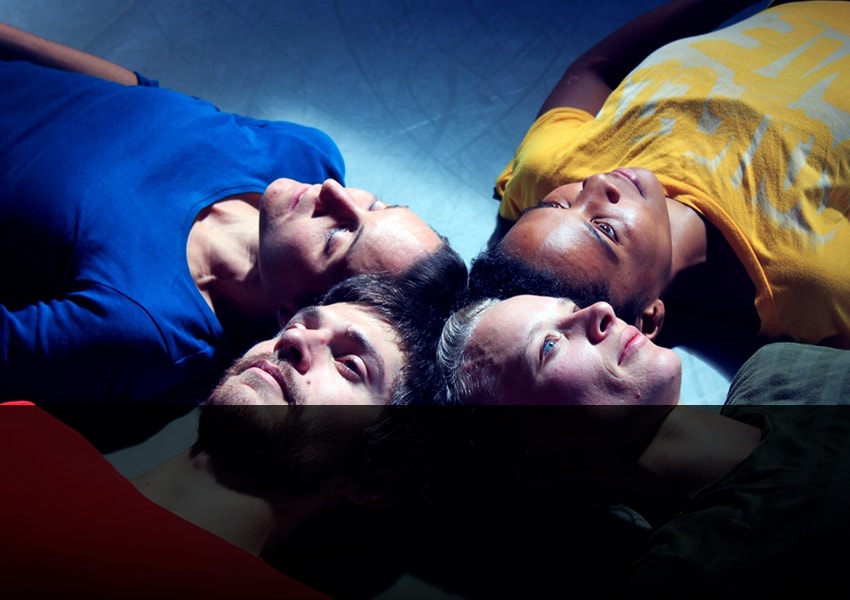 Trust and Power (29.03.2013)
Trust and Power (29.03.2013)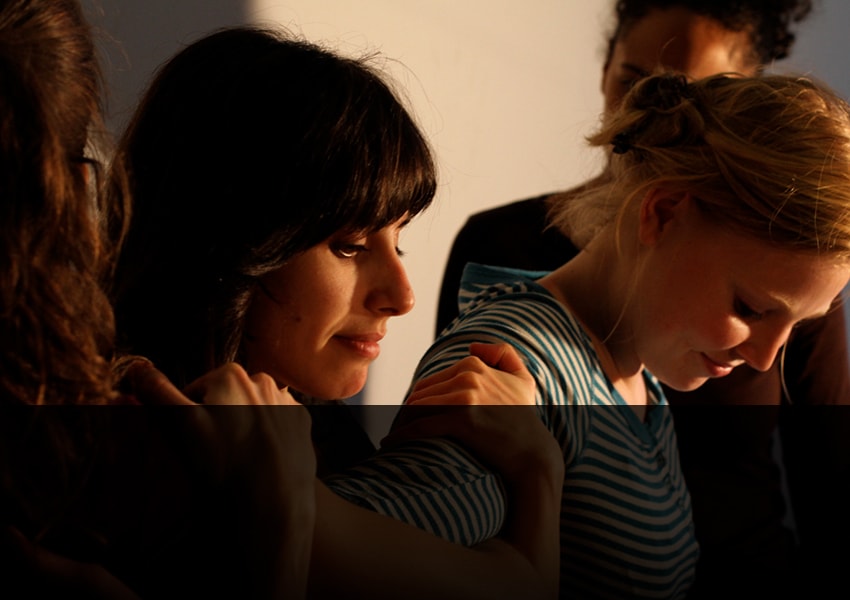 Planning my trip to New York (31.05.2013)
Planning my trip to New York (31.05.2013)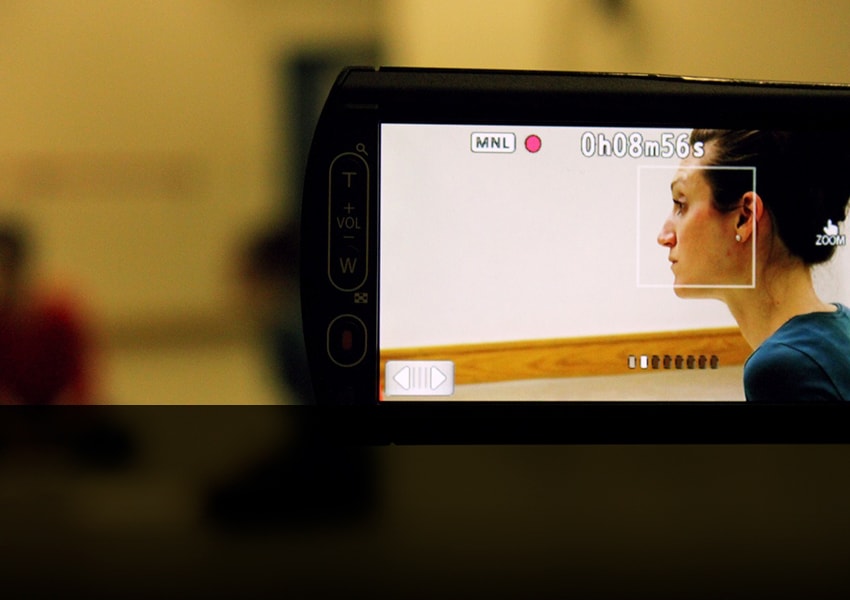 Talking diary (23.06.2013)
Talking diary (23.06.2013)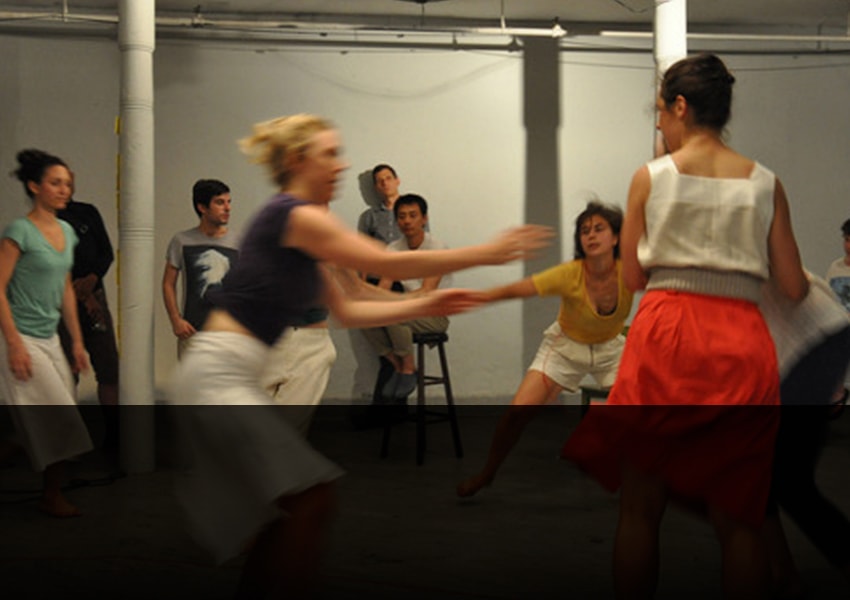 Back from New York (29.07.2013)
Back from New York (29.07.2013)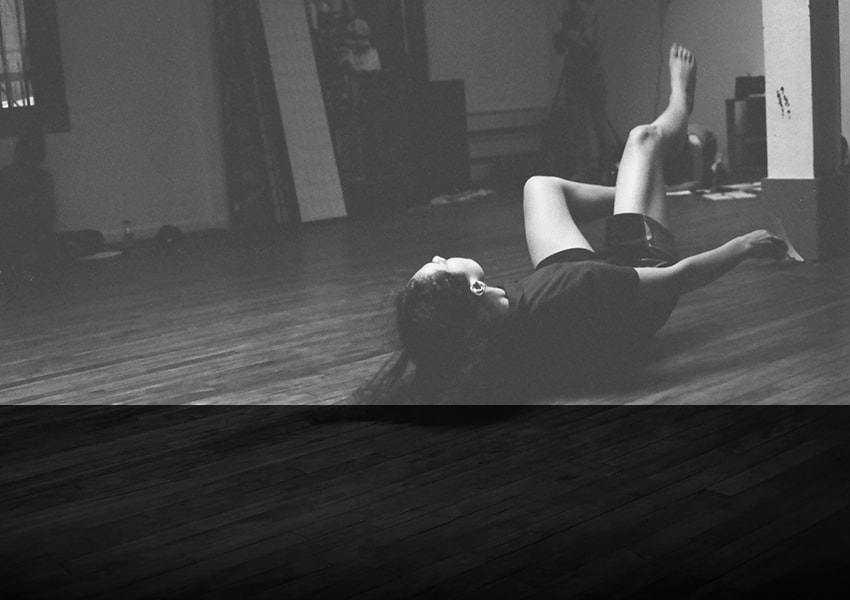 Out of context (12.10.2013)
Out of context (12.10.2013)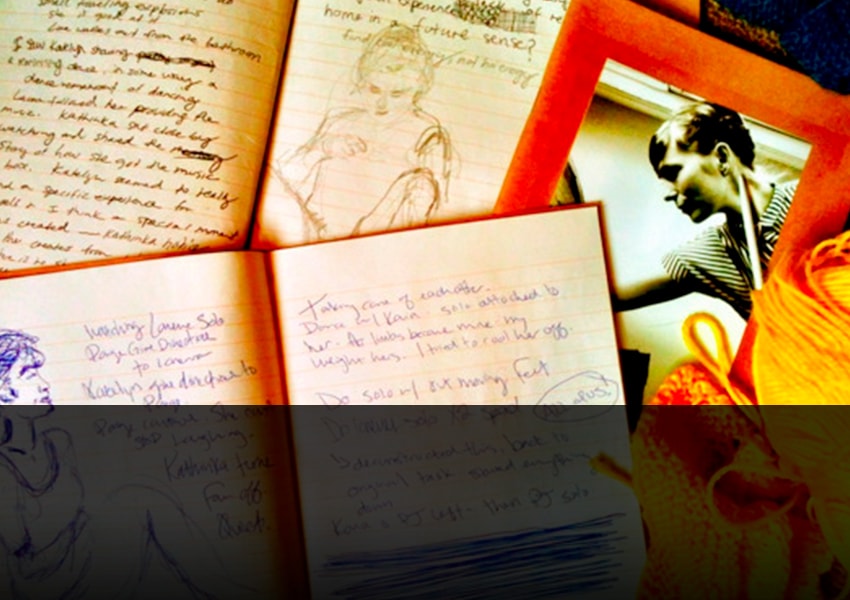 Reflection ‘in practice’ (14.11.2013)
Reflection ‘in practice’ (14.11.2013)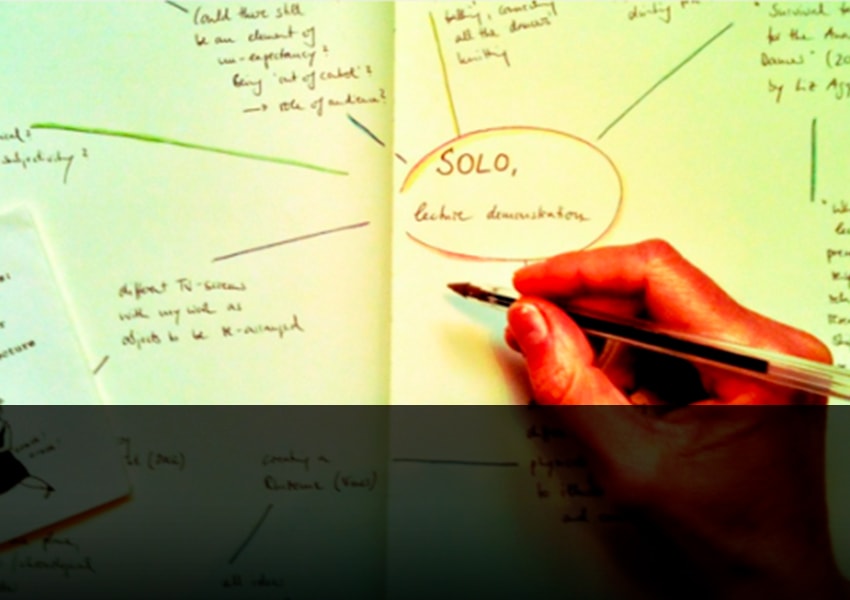 Mapping the doing (13.12.2013)
Mapping the doing (13.12.2013)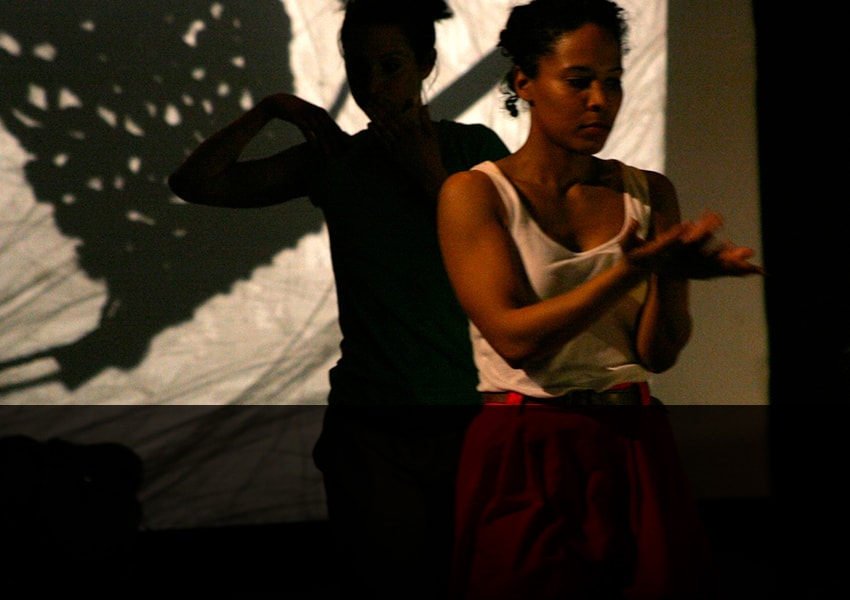 Finally Foucault (31.01.2014)
Finally Foucault (31.01.2014)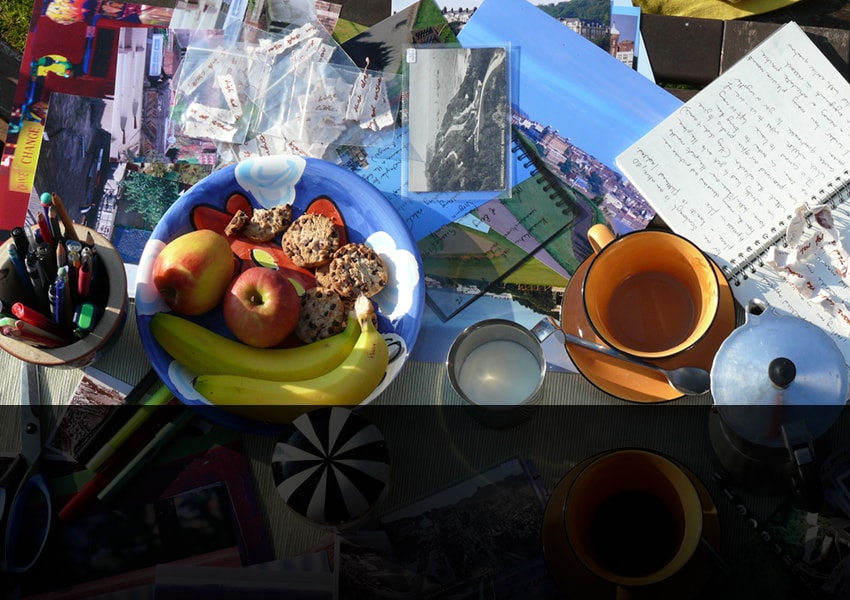 Kitchen talk (21.02.2014)
Kitchen talk (21.02.2014)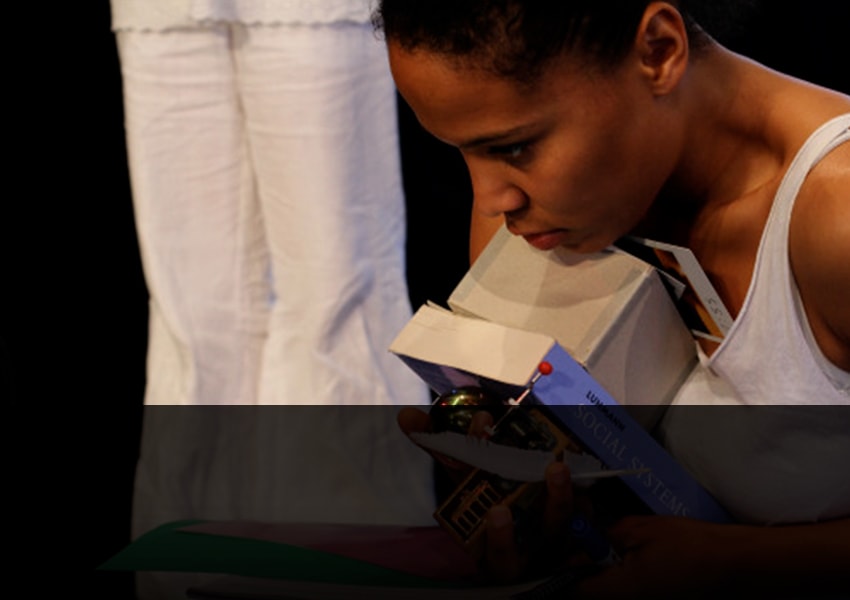 What bodies do I carry with me? (24.03.2014)
What bodies do I carry with me? (24.03.2014)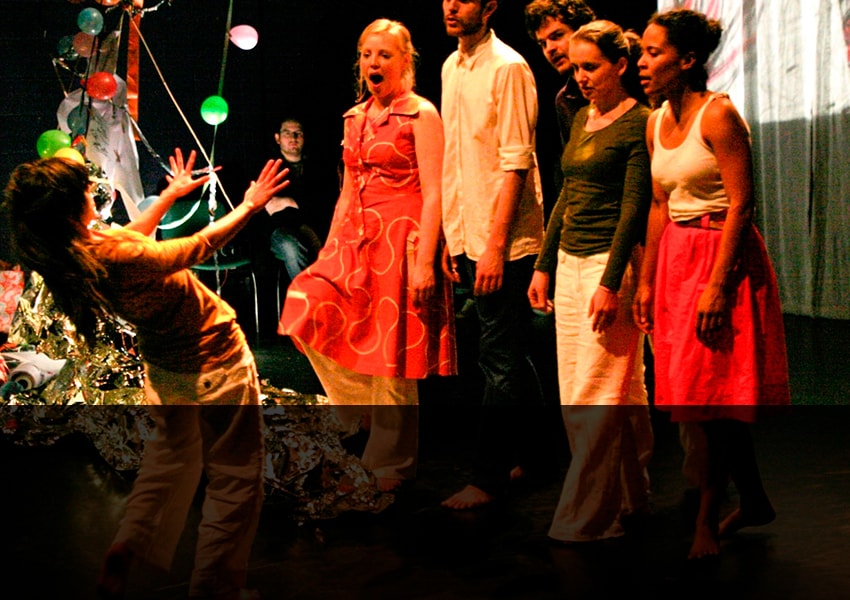 Live Negotiating (27.04.2014)
Live Negotiating (27.04.2014)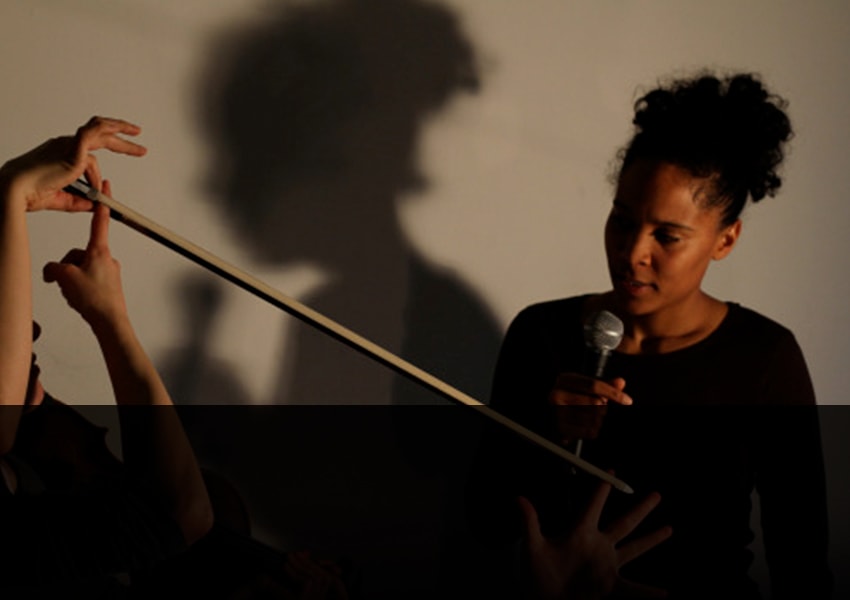 Messy collective (14.09.2014)
Messy collective (14.09.2014)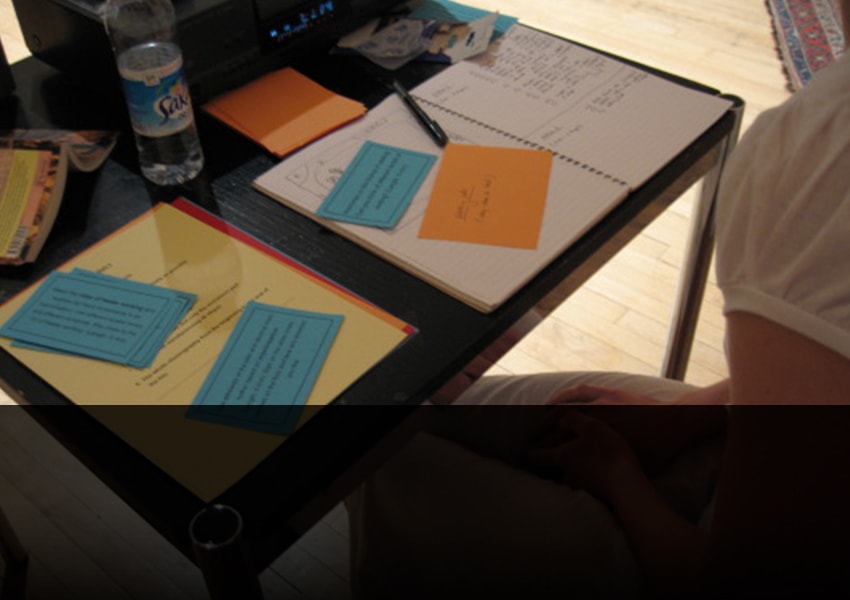 The toolbox for an Incorporate Practice (23.07.2018)
The toolbox for an Incorporate Practice (23.07.2018)

What is a 'visible choreographer' and why does it matter (08.11.2011)
Terlingo states, “a new form of applied choreography that reveals the continuity between thoughts, our actions and the world around us: a choreography of changes” (Terlingo, 2008, p.17).
The 'visible choreographer' applies exactly what Terlingo suggests by including the choreographer in the performance event and by making these connections clear and visible.
Read More
Looking Back - Writing as a mode of making (10.01.2013)
For the last months I have been working on evaluating the different stages of my project Before I decide (2011-12). Some of it will be further developed into possible publication, but for now I thought to post these different chapters to give a greater insight into the work. The evaluation is divided into the different phases as followed…
Read More
The choreographer as a total performer (15.02.2013)
As my practice of the ‘visible choreographer’ develops, one important aspect for me is the visibility of the human side of the choreographer. This includes being confronted with moments of not knowing in front of the audience, of having to react to unexpected responses by the dancers and of having to let go of control. This can provoke a great sense of vulnerability, usually not visible to the audience.
Read More
Trust and Power (29.03.2013)
Nurturing an environment of trust is especially important when working with the concept of the ‘visible choreographer’. I consciously choose dancers who are independent, intelligent and not afraid of questioning authority. I want the dancers to challenge my decision-making, which can cause disagreement and insecurity but is necessary to gain greater depth of research by making each decision process conscious and working outside the known.
Read More
Planning my trip to New York (31.05.2013)
Last summer when presenting a paper at the PSI conference (2012, Leeds) I was introduced to the New York based performance artist Lindsey Drury. Following the conference we started an interesting and inspiring email correspondence, which led to Lindsey inviting me to perform at the Brooklyn International Performance Festival (BIPAF).
Read More
Talking diary (23.06.2013)
As part of my preparation for my work in New York, I’ve decided to present this month’s blog post not as a written form but verbally. I’ve started recording my ‘Talking Diaries’ when working on Before I decide in 2011. Apart from writing in my notebook it is a great form of catching ideas and thoughts throughout the creative process.
Read More
Back from New York (29.07.2013)
I’m back from New York and I’m still buzzing from this great time I had over there, feeling inspired, full of new ideas and many contacts as well as invites to other festivals for next year (New York, Mexico, Berlin). I am very grateful for this opportunity and the experiences I have had, helping me to broaden my artistic/research horizon, offering a wealth of experience and reflections.
Read More
Out of context (12.10.2013)
With autumn approaching, my time in New York during the summer heat feels quite long ago now. These last two months gave me time to reflect on my project and the overall visit. Following, I will start to highlight my findings and how it affected my ideas around trust and the impact of cultural context when reflecting on my work.
Read More
Reflection ‘in practice’ (14.11.2013)
I am still trying to find ways how to best write about my practice and research. How can I write from within, how can I capture the feel of reflecting ‘in’ practice? Reflection – ‘on’ and – ‘in’ practice addresses two situations. Reflection-on-Practice tends to be after the fact and is written up later. Reflection-in-Practice tends to reference ideas, thoughts and reflections captured in the process. This is closer to ‘being in the moment’ (Fiona Bannon, 2013).
Read More
Mapping the doing (13.12.2013)
As a continuum of my last blog post about reflection ‘in’ practice, I have thought more about different forms of how to write about my doing, understanding how interlinked both, my doing and writing, are. The researcher and practitioner Kim Vincs explains, “I like the idea of writing in form of a map, where there is no direction how to read it, everything is laid out on the same plane” (Vincs, 2007, p. 104).
Read More
Finally Foucault (31.01.2014)
Talking about power in relation to the ‘visible choreographer’, I cannot not refer to Foucault and his writing on Betham’s Panopticon.
“The seeing machine was once a sort of dark room into which individuals spied; it has become a transparent building in which the exercise of power may be supervised by society as a whole.” (Foucault, 1995, p. 200)
Read More
Kitchen talk (21.02.2014)
For the last few weeks I have been preparing, together with the dance practitioner Louise McDowall and Dr Fiona Bannon, our research seminar for the School of Performance and Cultural Industries (University of Leeds), which will happen on the 3rd March 2014. The idea is to take Louise’s and my conversations about our research journeys as part of our shared living – our ‘kitchen talk’ – and present them to other academics and people interested in dance practice/research.
Read More
What bodies do I carry with me? (24.03.2014)
Together with the dance practitioner Louise McDowall, I investigated the identity of researcher and research and how both influence each other. Our intention was to explore where researcher and research are interconnected and influencing each other – acknowledging that the complexity of our lives and identity is reflected in our research, akin to the rhizomic body of researcher and research.
Read More
Live Negotiating (27.04.2014)
When working with the ‘visible choreographer’ the negotiating process happens in front of an audience, highlighting the negotiating processes of embodying ideas as well as realising choreographic concepts. Listening to the choreographer’s instructions to the dancer, the audience can witness the struggle of the dancer trying to connect both poles. By witnessing the individual decision-making process, the subjectivity/individuality of each dancer becomes visible.
Read More
Messy collective (14.09.2014)
During supervision meetings, discussions have centred on ownership and authorship, as repeating themes underlying the research. Can I call the work ‘my work’? Or is this a notion of authorship/ownership that shifts due to the underlying principles of the work?
Read More
The toolbox for an Incorporate Practice (23.07.2018)
Challenging the idea of community and shared authorship within the group of performers even further, I would like to present a toolbox as a prototype that could be shown and shared so that other choreographers or dance practitioners interested in the idea can access it and work with it.
Read More